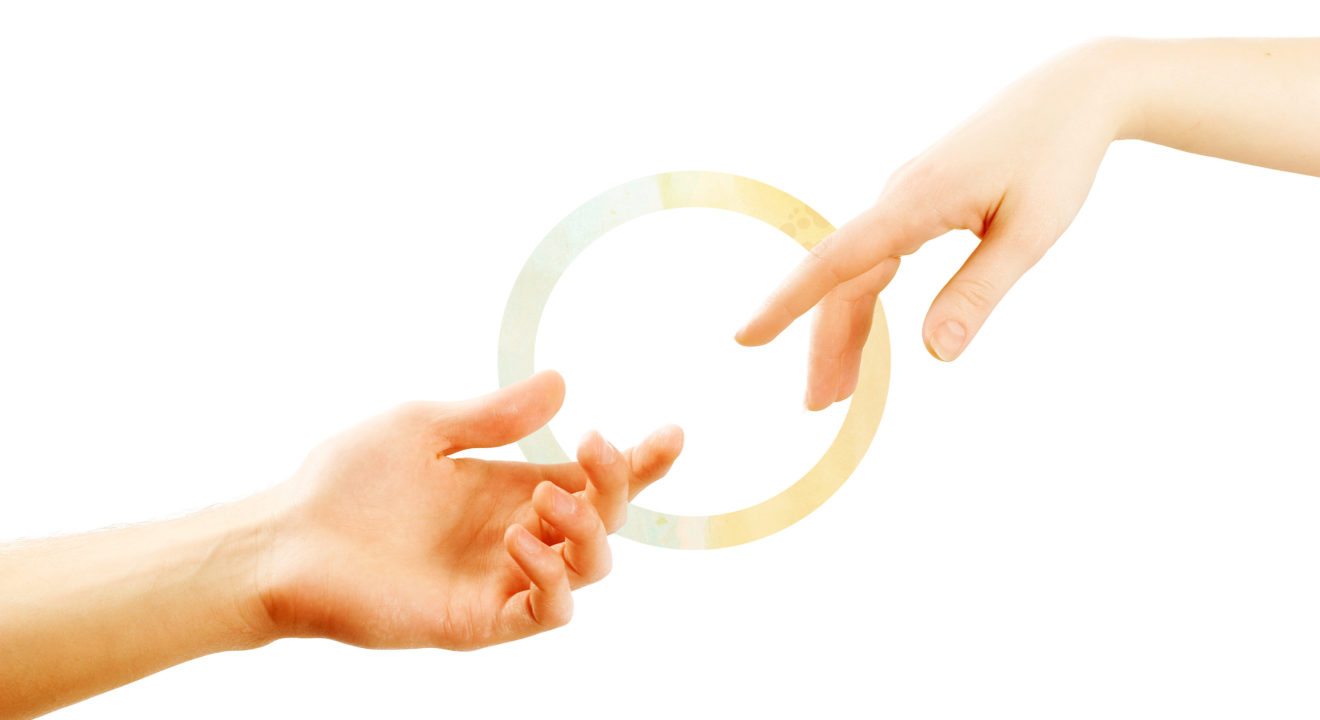Culture August 5, 2016


If you’re reading this right now, then you are either confused, intrigued or a little bit of both about the rise of terms like “partners” and “they(s)” in today’s culture. How many times have you asked yourself, “Isn’t ‘they’ supposed to describe a group of people? Isn’t ‘they’ supposed to be plural?” Or, how many times have you heard that using the phrase “partner” automatically means that you’re gay?
Well, who can really blame you? Sometimes all of this terminology can get as confusing as Lisa, the “lesbian-identified man” from the TV show, “The L Word.” Since this is the case, here is some help to get you up-to-date on the most recent, most inclusive language in society’s current vocabulary.
Pronouns are relatively simple. Technically speaking, a pronoun is a word that replaces a noun. According to Grammar Book, a pronoun can refer to people speaking (e.g., you or I) or to someone or something that was previously mentioned (e.g., he, she, it, this). In addition, the pronouns “he” and “she” can also be called gender-specific pronouns since they have traditionally been used to refer to a man and a woman.
Simple enough, right?
Okay, now on to the good stuff.
In many communities, preferred gender pronouns are called “PGP” for short. However, they can also be called personal gender pronouns, gender pronouns or pronouns. Regardless of what you call them, these gender pronouns are used by individuals to describe themselves.
With all this in mind, think about the pronoun “they.” Although “they” has traditionally been used to describe groups of people, more people today are using “they/them/their(s)” as singular, gender-inclusive pronouns. An example of this would be, “Alexis isn’t going to the party; they’re going to the beach instead.”
As strange as it may seem and as difficult as it may be for you to adjust, gender-neutral pronouns are important because they acknowledge the presence of transgender and gender queer people in your communities. The traditional pronouns “he” and “she” don’t leave room for gender identities other than male and female.
In addition, it’s important to note that some people prefer not to use pronouns at all. Instead, they may ask you to simply use their names.
No matter the case, asking someone what their pronouns are is a good habit to develop because it acknowledges the existence of other communities and prevents unnecessary exclusion. If you’re unsure of where to start, an example of an introduction could be, “Hi, everyone. I’m Angelica and my gender pronouns are she, her or my name.”
Once you’ve gotten the hang of PGPs, it’s time to delve into how people refer to their significant others. Traditional terms are boyfriend, girlfriend, husband and wife. Similar to gender-specific pronouns, the terms “boyfriend” and “girlfriend” are gender-exclusive. Boyfriend and husband have typically been used to refer to men while girlfriend and wife refer to women.
But what happens when you date someone who doesn’t identify with this male-female binary? This is when “partner” comes along.
Before introducing this term, you should know that although the term “partner” is sometimes presumed to only describe gay relationships, there has been a rising prevalence of “partner” outside of the LGBTQ community. Many heterosexual couples use the term “partner” to describe a significant other who is not their husband/wife but is more serious than a boyfriend/girlfriend. Today, some people even prefer using “partner” because it implies a stronger, longer romantic and sexual commitment to another person.
On the other hand, some heterosexual couples also use the term “partner” to show that they acknowledge the LGBTQ community.
But, the most important use for “partner” is practiced by queer communities. Same-sex and other queer couples use “partner” for many reasons, especially as a term of “safety.” According to It’s Pronounced Metrosexual, “partner is a recognized word of safety and concern within the LGBTQ community” because “partner” is gender-inclusive and prevents you from being rude by assuming that the woman you’re speaking to has a boyfriend or a husband.
Overall, “partner” is such a valuable term because it falls outside existing paradigms of relationships. It doesn’t limit a significant other to a specific gender. Furthermore, when marriage equality was only a distant goal, “partner” created radical spaces in which to validate the existence, legitimacy and importance of queer relationships.
Marriage and the ideas about gender and sexuality are constantly evolving. Over the years, they have become more complex than the traditional gender-sex binary many of us have grown up learning. Our ideas of what constitute a “man” and a “woman” are changing to include those who identify as both or don’t identify as either.
Language, in turn, is adjusting to fit people who fall outside of our traditional spheres. This adjustment is important because words are powerful tools for acceptance, safety and understanding.
The whole point of knowing about and using this terminology is to use language to shape our environment and beliefs in order to create a more inclusive, welcoming community. So now that you know, you should look forward to learning your community members’ PGPs.